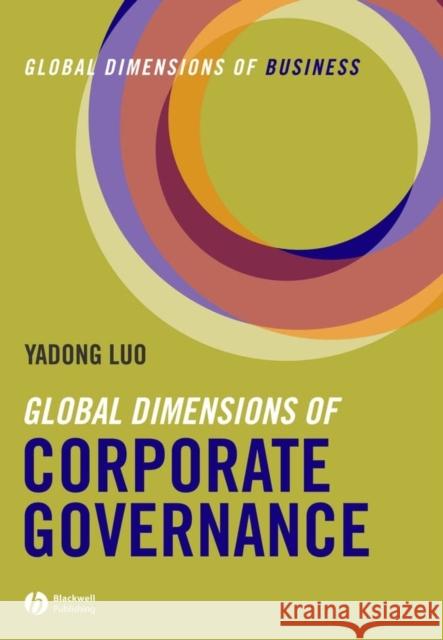Global Dimensions of Corporate Governance: Global Dimensions of Business » książka
topmenu
Global Dimensions of Corporate Governance: Global Dimensions of Business
ISBN-13: 9781405137072 / Angielski / Miękka / 2006 / 292 str.
Global Dimensions of Corporate Governance: Global Dimensions of Business
ISBN-13: 9781405137072 / Angielski / Miękka / 2006 / 292 str.
cena 158,79
(netto: 151,23 VAT: 5%)
Najniższa cena z 30 dni: 157,49
(netto: 151,23 VAT: 5%)
Najniższa cena z 30 dni: 157,49
Termin realizacji zamówienia:
ok. 30 dni roboczych
Bez gwarancji dostawy przed świętami
ok. 30 dni roboczych
Bez gwarancji dostawy przed świętami
Darmowa dostawa!
This book looks at the condition of corporate governance in the new millennium; illuminating its complexities and examining key issues such as interaction with global stakeholders, competitors, governments, partners, suppliers, and peer subsidiaries.
- Enhances understanding of the complexities of global corporate governance issues.
- Provides important guides to refining and improving the rules that govern business relationships among major global stakeholders.











